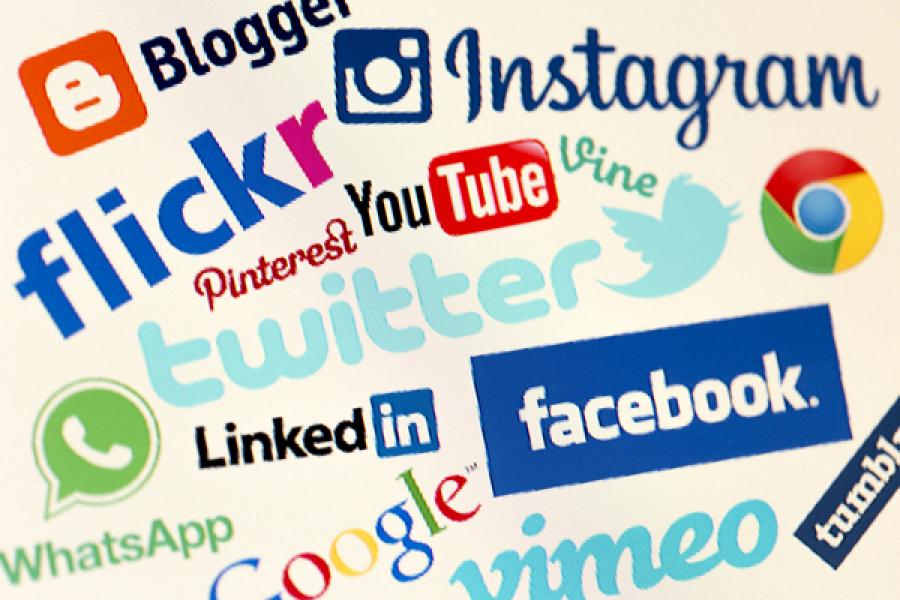
How brands can increase engagement and leverage social media platforms
Best practices help firms use social media to build their brands
Marketers who use social media for their business need to recognize that people use Twitter and Facebook for different reasons – and understand how consumers want to engage with each platform to effectively leverage their power.
To understand what works for companies that use social media for brand engagement and awareness, Arvind Malhotra, a strategy and entrepreneurship professor, and Claudia Kubowicz Malhotra, a marketing professor, married their research interests in a series of studies on Twitter, Facebook and YouTube.
“Not all social media are created equal,” Kubowicz Malhotra said. “The most important takeaway in our research is that marketers need a unique strategy for each platform.
The researchers mined data, analyzed it and developed best practices for using social media for maximum impact. MIT Sloan Management Review published their work with Alan See, chief marketing officer at MindLeaders, in “How to Get Your Messages Retweeted” and “How to Create Brand Engagement on Facebook.”
In their Twitter study, the Malhotras studied retweeting as an indicator of word-of-mouth marketing between companies and their followers. “You have a relationship with a brand like you would with a person,” Kubowicz Malhotra said. “Social media platforms allow you to do that.”
Retweeting spreads the message to followers’ networks, and each retweet comes with an implicit – and sometimes explicit – endorsement by the sender. For a restaurant to call itself the “best in town” is one thing; it’s quite another to read a friend’s tweet that adds, “It really is, try the fish.”
The Malhotras sampled 47 companies spanning diverse areas: retail (Whole Foods, Best Buy and CVS), restaurants (McDonald’s, Pizza Hut and Starbucks), car manufacturers (Audi, Chevrolet and Harley-Davidson), electronics (Sony, Nokia and Samsung), luxury goods (Gucci), consumer products (Pepsi, Coca-Cola and Kraft), computer equipment (Dell and Microsoft), airlines (Southwest, JetBlue and Virgin Atlantic), telecommunications (AT&T), apparel (Gap and Nike) and entertainment (ESPN, MTV, Disney and Carnival Cruise Lines).
They identified characteristics that produce a higher number of retweets and developed best practices that companies use to increase retweets by up to 70 percent.
- Keep the tweet short and sweet.
- Grab the reader with “attention words” such as “Wow!” or “Look!”
- Ask to be retweeted. It works.
- Make it personal: Humanize the brand.
- Validate your brand: Share success and achievements.
- Share news that people can use.
- Offer a money-saving deal.
- Make the tweet relevant and topical.
- Create a sense of anticipation.
- Hard sells decrease retweets by 32 percent on average and can turn off followers, so Twitter is probably better for building a brand than selling a new offering.
- Asking questions doesn’t help.
- Hashtags and embedded links don’t either.
- Contests don’t add retweet value.
“For me as a marketer, it’s really exciting because the costs are negligible compared to traditional options of TV, radio and print ads,” Kubowicz Malhotra said. “It’s all about creativity and connection and breaking through the clutter.”
For their Facebook study, they looked at 98 global brands. They coded more than 1,000 wall posts and identified factors that have an impact on the number of likes, comments and shares that a post receives. They identified eight ways that brand managers can increase the number of likes for their posts:
- Express yourself through photos.
- Be topical.
- “In your face” works since consumers expect promotional messages on this platform.
- Share validation. People like to be associated with success, so share achievements, awards and praise.
- Educate fans. Share information that has value.
- Be emotional. Paint your brand as a living, breathing entity.
- Humor is the best social medicine.
- Ask to be liked. But, just as your parents taught you, be polite and don’t overdo it.
What don’t consumers like on Facebook?
- Long posts
- Event-related messages
- Social cause affiliations
- Contests
- Deals
The role YouTube plays in branding is under the Malhotras’ microscope now and video takes Facebook’s global branding to a whole new level, according to their preliminary results.
“There is space for a company or product on all three platforms,” Kubowicz Malhotra said. “Brands need to use a very targeted approach and play to the strengths of the different media.”
Arvind Malhotra is the T.W. Lewis Scholar and Professor of Strategy and Entrepreneurship at UNC Kenan-Flagler.
Claudia Kubowicz Malhotra is an associate professor of marketing at UNC Kenan-Flagler.
[This article has been reproduced with permission from research from the UNC Kenan-Flagler Business School: http://www.kenan-flagler.unc.edu/]















